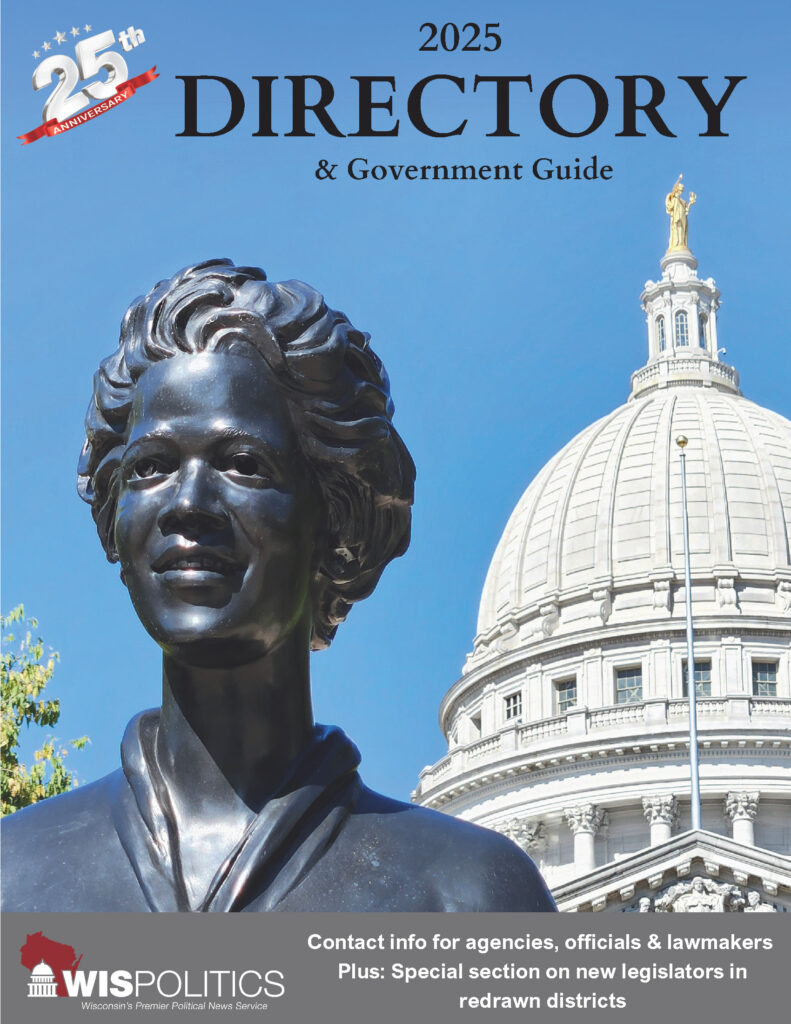The column below reflects the views of the author, and these opinions are neither endorsed nor supported by WisOpinion.com.
Here’s hoping that the renewed effort by the Elias Law Group, Bothfeld II, to replace the current WI Congressional map is successful in time for the 2026 elections. But even if the “least-change” facsimile of the rigged 2011 map is not replaced by 2030, WI would benefit from ...
Please log in to access subscriber content.
If you don't have a subscription, please contact schmies@wispolitics.com for subscription options on the WisPolitics-State Affairs platform, which is the new home for WisPolitics subscriber products.


